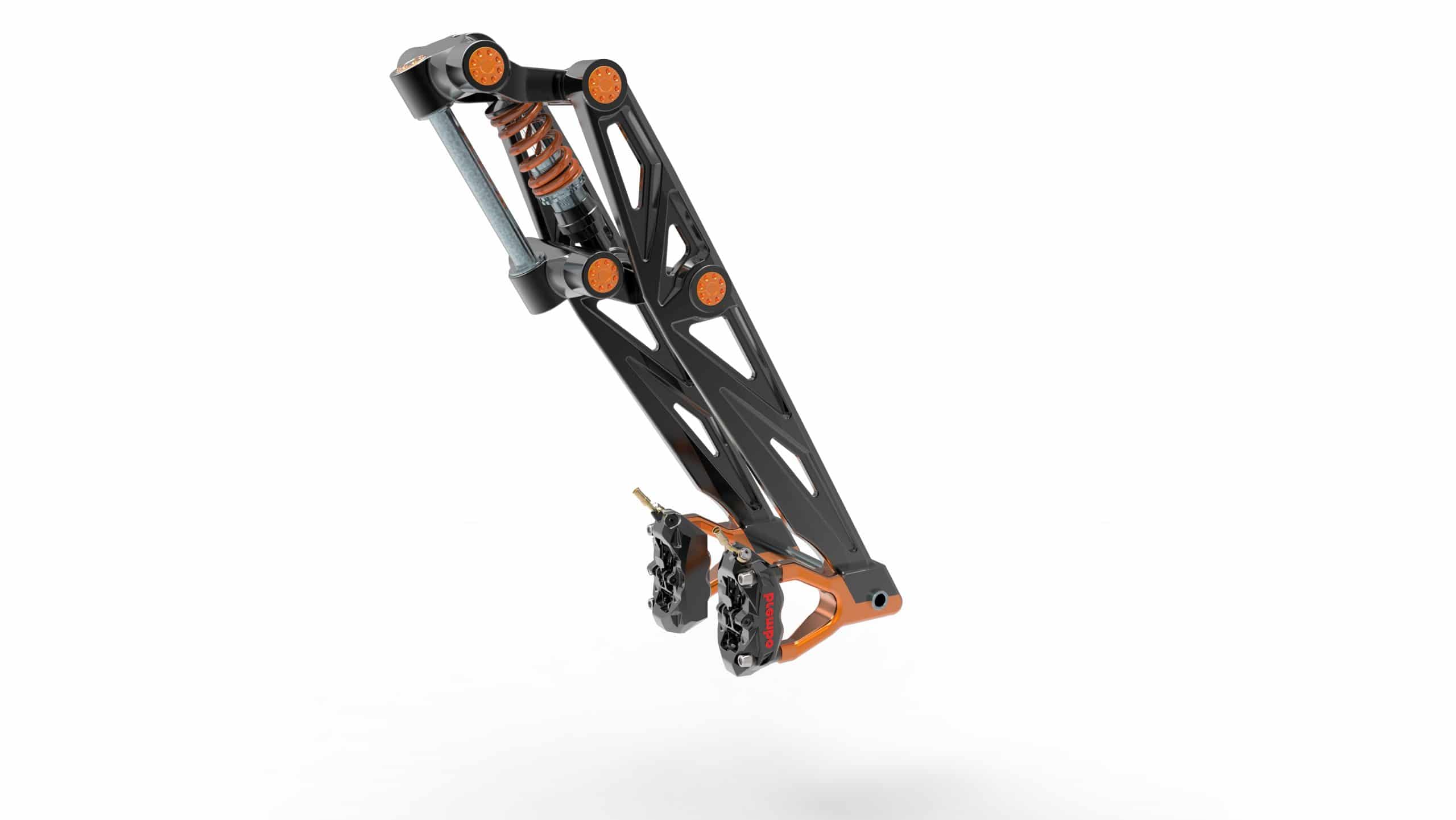

I’ve spent a lot of time on the Transition Patrol - a high flop bike. Times change, as do priorities, and now we’ve gone back to where we started in regards to offset. In fact, you may remember in the early 2010s when longer, 51mm offset forks were first advertised as the next best thing for 29’ers - the original Ripley being a prime example.

These various approaches work to make bikes with a different ride feel, and there’s no right answer. You get the stability of a slack head angle without giving up your ability to go around tighter corners.” This all sounds a bit convoluted, but what they mean is that a 65.9° head angle combined with a 44mm offset fork has the same amount of trail as a bike with a 64.5° head angle and a 51mm offset. Their reasoning is that “a 65.9° head angle feels like 64.5° without increasing the wheelbase. Ibis, on the other hand, is using their low offset forks to be able to run a less extreme head-tube angle: 65.9°. With their most aggressive trail bikes, the Sentinel and the Patrol, Transition has paired a lower offset fork with an extremely slack head-angle - 64° - resulting in very long trail numbers. On this example, the head tube angle does not change.ĭifferent brands are taking slightly different approaches in their use of reduced offset forks. Less offset (darker grey line) = more trail. This is also why 29’ers have historically had steeper head tube angles than their shorter-wheeled counterparts - a bigger wheel increases trail, and a steeper head angle brings it back down. Higher offset forks were introduced to compensate and bring trail numbers back to where they were with 26” bikes. Trail increased when manufacturers moved from 26” wheels to 29” wheels in the late 2000s. Larger wheels are in fact why we arrived in this whole fork offset situation in the first place. 2) A larger wheel = more trailĪ larger wheel (green line) = more trail. When you accidentally get off course, it's easier to make a quick steering correction and get back to center. physically turning the handlebars) but they offer more precise handling and better adjustability of the bike mid-corner. It takes effort to correct the bike's path and continue moving forward.īikes with “low flop” (less trail) geometries require a more deliberate input (ie. This is somewhat of a negative during climbing, because if you accidentally lean a bit - which happens a lot when you're using your whole body to try and push up a hill - the bike will start pulling to the left or right. In effect, it is a sort of "power steering," or mechanically reinforced steering input. Because bikes with “high flop” (more trail) geometries strongly reinforce the steering input, the slightest input of the rider (simply leaning over) will initiate a turn. It is pretty much the exact opposite of how a road bike's front end handles - a bike with very little trail. The bike will reinforce your lean as it essentially falls over in that direction. As you’re moving forward, any slight lean to either side will cause a substantial and dramatic “flop” of the wheel. One effect of more trail is "wheel flop." If you've ever sat on a DH bike you've probably experienced this feeling. These are bikes with very slack head angles, which therefore have significantly more trail than all-mountain or XC bikes. We understand head tube angles, so let’s start by discussing how changing the head tube angle affects trail. Trail can be increased in the following ways, each of which I will detail and elaborate on below.Ī slacker head angle (blue line) = more trail. Trail is also changed by two other traits you’ve certainly heard of: head tube angle and wheel size. It is not typically on geometry charts, and many of us don’t think about it, but trail is the primary dimension that changes when you alter a fork’s offset.
#Girder front end wheel play Patch
Trail is the physical distance between the contact patch of the tire (yellow line) and the point where the bike's steering axis touches the ground (blue line).

To better understand the effects of fork offset on your bike, we must first define the term “trail”: Trail is the physical distance between the contact patch of the tire (sits directly below front axle) and the imaginary point where the bike's steering axis touches the ground.


 0 kommentar(er)
0 kommentar(er)
